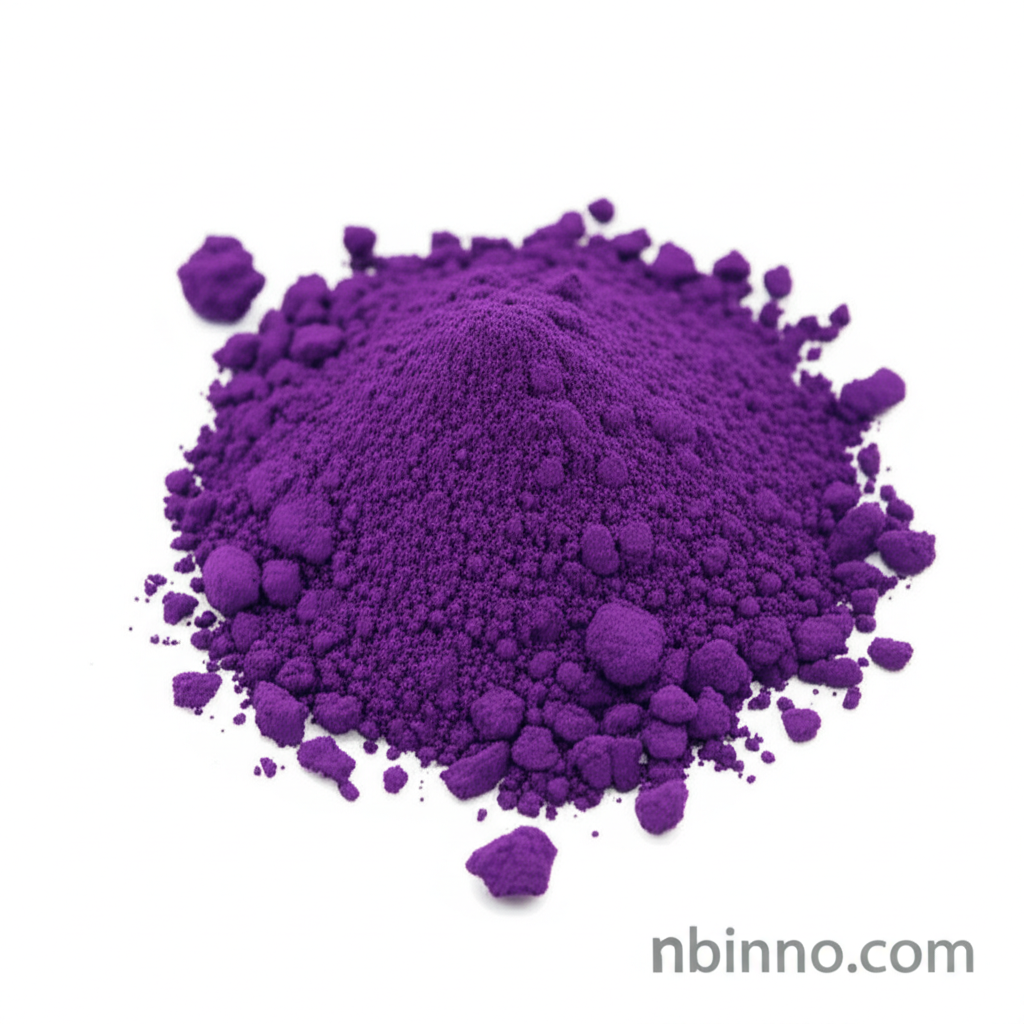Pyropheophorbide a (PPa): Properties, Applications, and Role in Photodynamic Therapy
Explore the unique photophysical properties and significant therapeutic potential of Pyropheophorbide a.
Get a Quote & SampleProduct Core Value

Pyropheophorbide a
Pyropheophorbide a (PPa) is a remarkable naturally occurring porphyrin derivative, recognized as a catabolite of chlorophyll a. Its fundamental value lies in its potent photosensitizing capabilities, meaning it can absorb light and subsequently generate reactive oxygen species (ROS). This characteristic makes it an exceptional candidate for applications in photodynamic therapy (PDT), a treatment modality that utilizes light to activate therapeutic agents.
- Discover the intricate pyropheophorbide a mechanism of action, focusing on its light-activated ROS generation.
- Learn about the growing buy pyropheophorbide a trend for advanced biomedical research.
- Explore the pyropheophorbide a applications in anticancer treatments and its role in inducing apoptosis.
- Understand the pyropheophorbide a properties, including its antiviral activity and potential therapeutic benefits.
Advantages Offered by This Product
Enhanced Photosensitization
Pyropheophorbide a serves as a potent photosensitizer, crucial for effective photodynamic therapy, enabling targeted cell destruction upon light activation.
Therapeutic Versatility
Its demonstrated anticancer and antiviral activities highlight the pyropheophorbide a applications that extend beyond PDT, offering broad therapeutic potential.
Biomedical Research Tool
As a key pyropheophorbide a intermediate, it is invaluable for the synthesis of novel photosensitizers and for in-depth studies into cell death mechanisms.
Key Applications
Photodynamic Therapy (PDT)
Pyropheophorbide a is a key component in photodynamic therapy for cancer treatment, effectively targeting and destroying cancer cells when exposed to specific wavelengths of light.
Anticancer Research
Investigating the pyropheophorbide a mechanism of action offers insights into cancer cell apoptosis and tumor growth inhibition, driving new treatment strategies.
Antiviral Development
The compound's demonstrated antiviral activity against enveloped viruses opens avenues for developing new antiviral therapies.
Chemical Synthesis
Used as a pyropheophorbide a intermediate, it's essential for synthesizing advanced photosensitizers and other complex organic molecules for research.
